Ondo Finance, a company specializing in the tokenization of real-world assets (RWA), has announced the launch of its flagship product, United States Dollar Yield (USDY), on the Sei Network, a high-speed Layer 1 blockchain. USDY becomes the first tokenized U.S. Treasury product to be introduced on the Sei platform.
USDY is a yield-bearing token backed by short-term U.S. Treasuries and bank deposits, offering an annual percentage yield (APY) of 4.25%, updated monthly. The product is designed to meet institutional regulatory standards while being compatible with decentralized finance (DeFi) ecosystems. USDY currently operates across multiple blockchains and has accumulated over $680 million in total value locked (TVL).
The Sei Network is a high-performance blockchain capable of processing thousands of transactions per second through a parallelized architecture. It is optimized for high-frequency trading and capital-efficient digital asset applications. Since its mainnet launch in 2023, the network has processed billions of transactions across more than 35 million wallets. It is currently undergoing a Devnet upgrade called "V3 Giga," which aims to deliver up to 50 times the performance of existing EVM chains.
The integration of USDY into the Sei Network is expected to enable several key use cases across the Sei ecosystem:
△ Treasury and liquidity management — Protocols and DAOs can allocate idle stablecoin liquidity into yield-bearing, transparent assets to enhance capital efficiency.
△ RWA-backed stablecoin utility — USDY offers a regulated, interest-bearing alternative to traditional stablecoins and can be used in Sei-native applications and on-chain payment flows.
△ Composable DeFi strategies — With fast block times and parallel execution, USDY can be seamlessly integrated into money markets, decentralized exchanges, and structured products, enabling innovative yield strategies backed by real-world assets.
“Ondo Finance’s launch of USDY on Sei combines an institutional-grade yield product with next-generation execution infrastructure, expanding capital-efficient use cases across the digital asset ecosystem,” said Nathan Allman, Founder and CEO of Ondo Finance.
“This integration reflects growing institutional demand for real-world asset exposure on high-performance Layer 1 chains,” said Justin Barlow, Executive Director of the Sei Development Foundation. “Sei’s near-instant finality and parallel execution are optimized for institutional financial products, and USDY is a high-quality, composable yield primitive that unlocks new potential for developers building the next generation of on-chain applications.”
This launch aligns with Ondo Finance’s goal of democratizing access to institutional-grade financial products, and Sei’s broader vision of building scalable infrastructure for high-performance digital asset markets. The addition of USDY comes amid a surge in demand for real-world asset exposure and stablecoin activity on Sei, further reinforcing the network’s role as a leading platform for modular on-chain finance.
Separately, the Sei Development Foundation also announced upcoming support for native USDC and Circle’s Cross-Chain Transfer Protocol (CCTP V2), aimed at strengthening the network’s digital dollar infrastructure and cross-chain functionality.
Native USDC will be fully reserved and redeemable 1:1 for U.S. dollars, offering a more transparent and reliable stablecoin solution for Sei’s ecosystem.
Sei will also become the 13th blockchain to support CCTP V2, enabling near-instant USDC transfers and automated post-transfer actions via Hooks. Sei’s parallelized EVM infrastructure provides 400ms finality and is well-suited for sophisticated DeFi and gaming applications.
Backed by Multicoin Capital, Jump Crypto, and Coinbase Ventures, Sei continues to build a modular financial ecosystem centered on real-world asset integration and high-throughput execution.
The combined launch of USDY and the integration of native USDC and CCTP V2 is expected to position Sei as a central hub for real-world asset-based digital financial products and infrastructure.





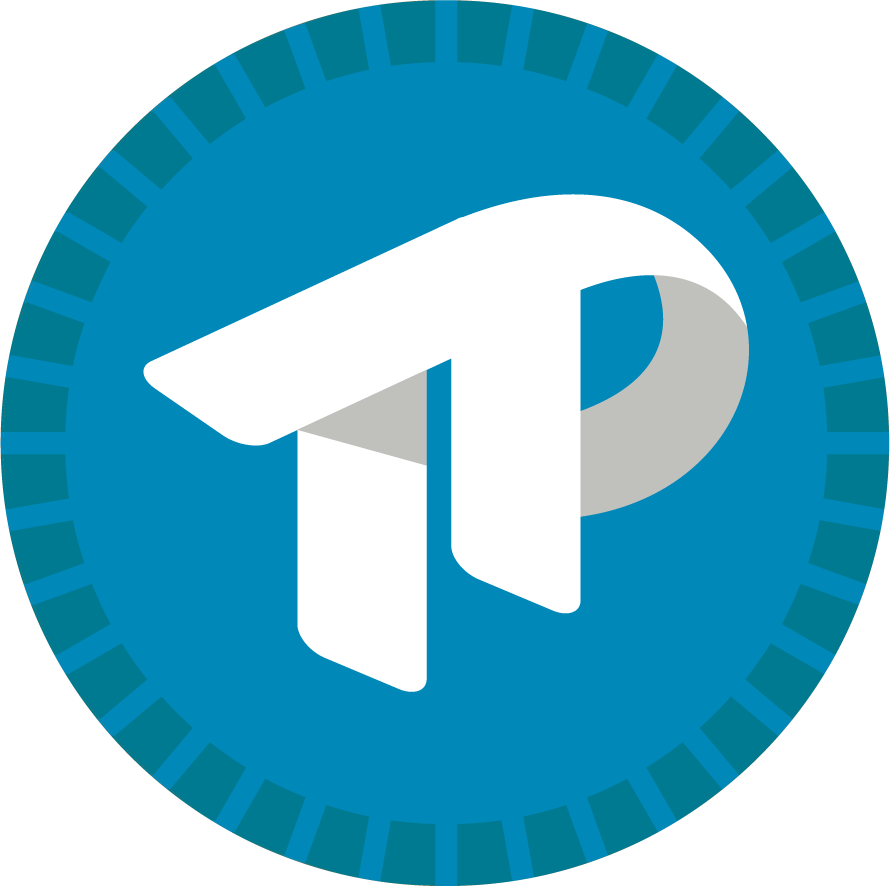
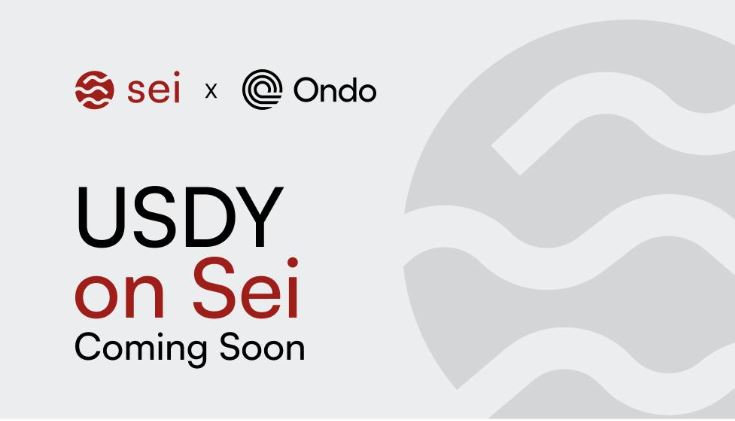


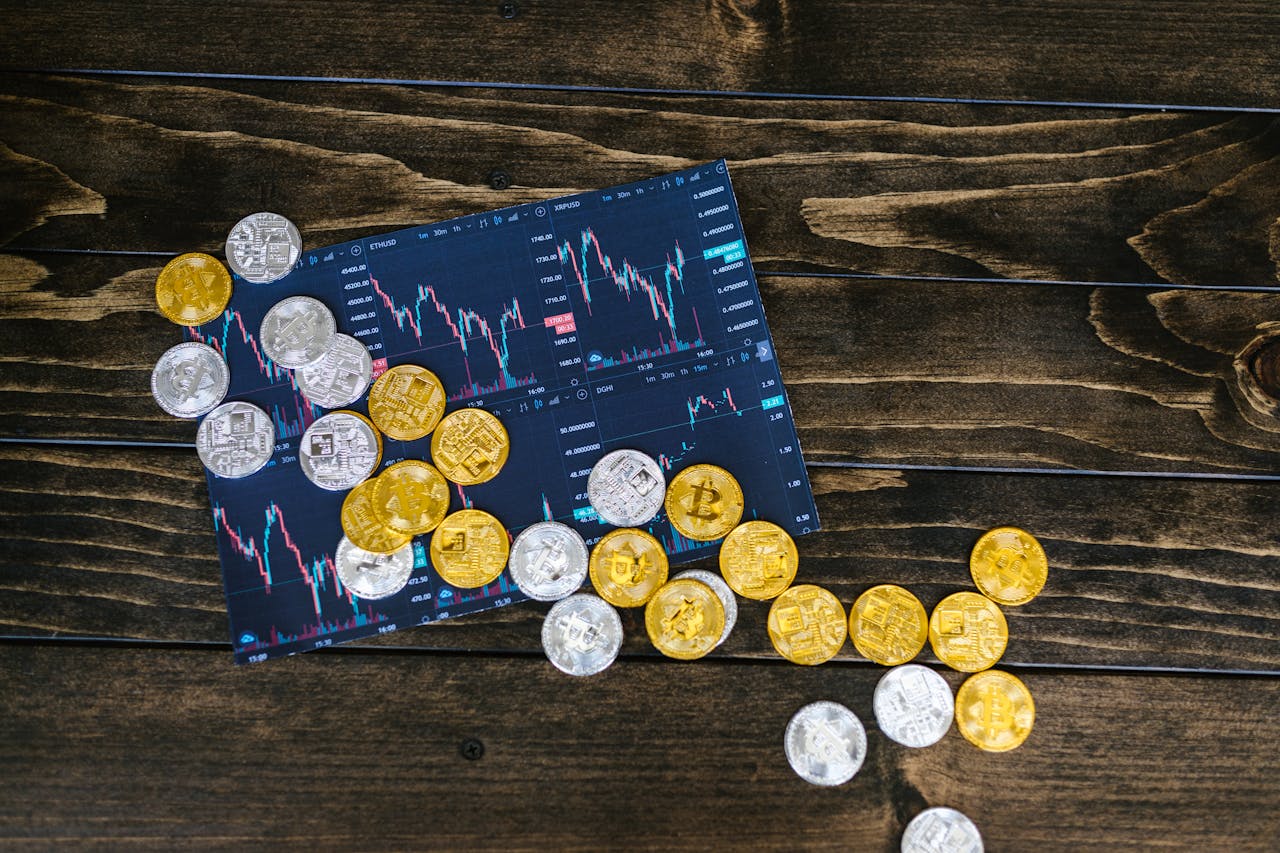

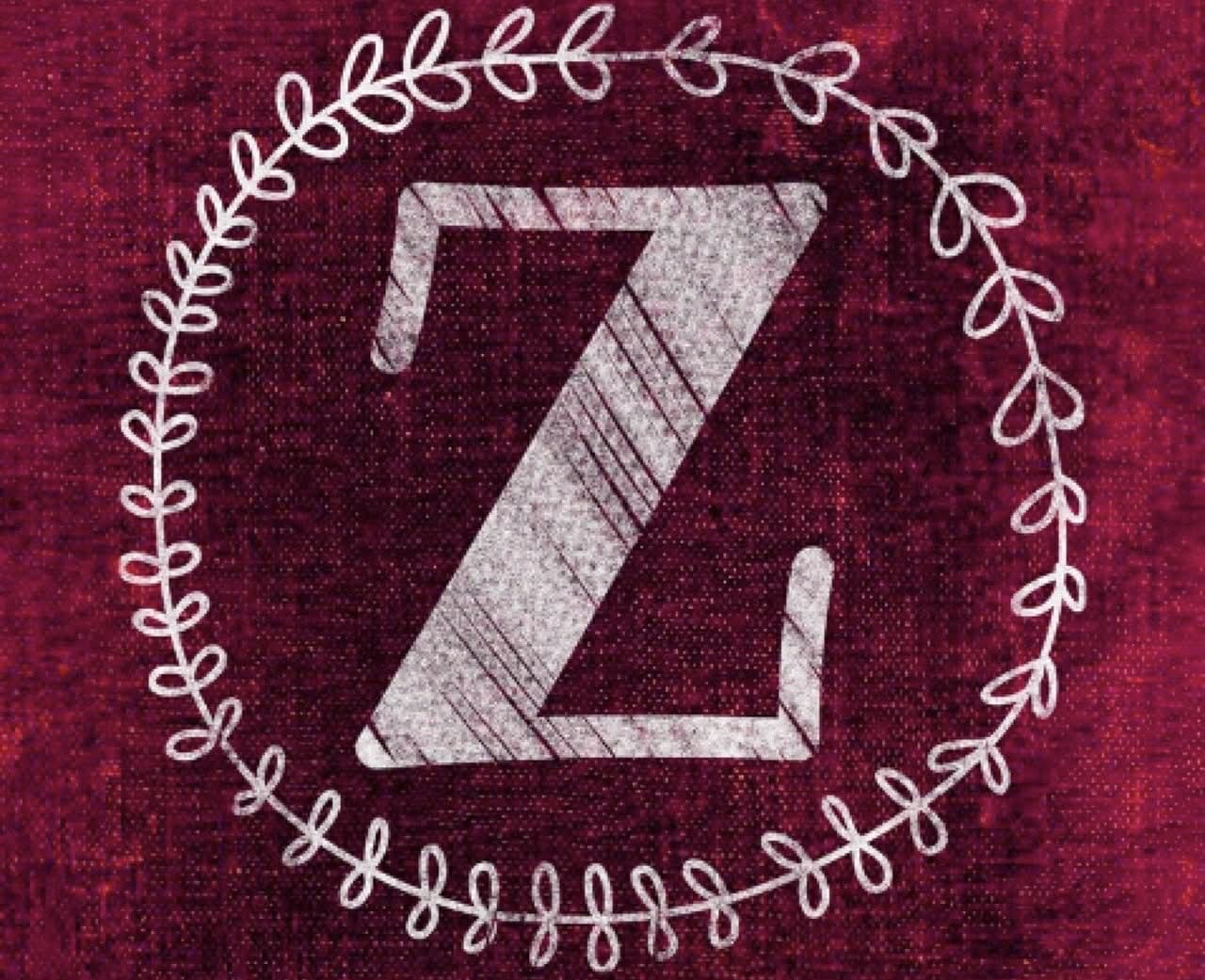

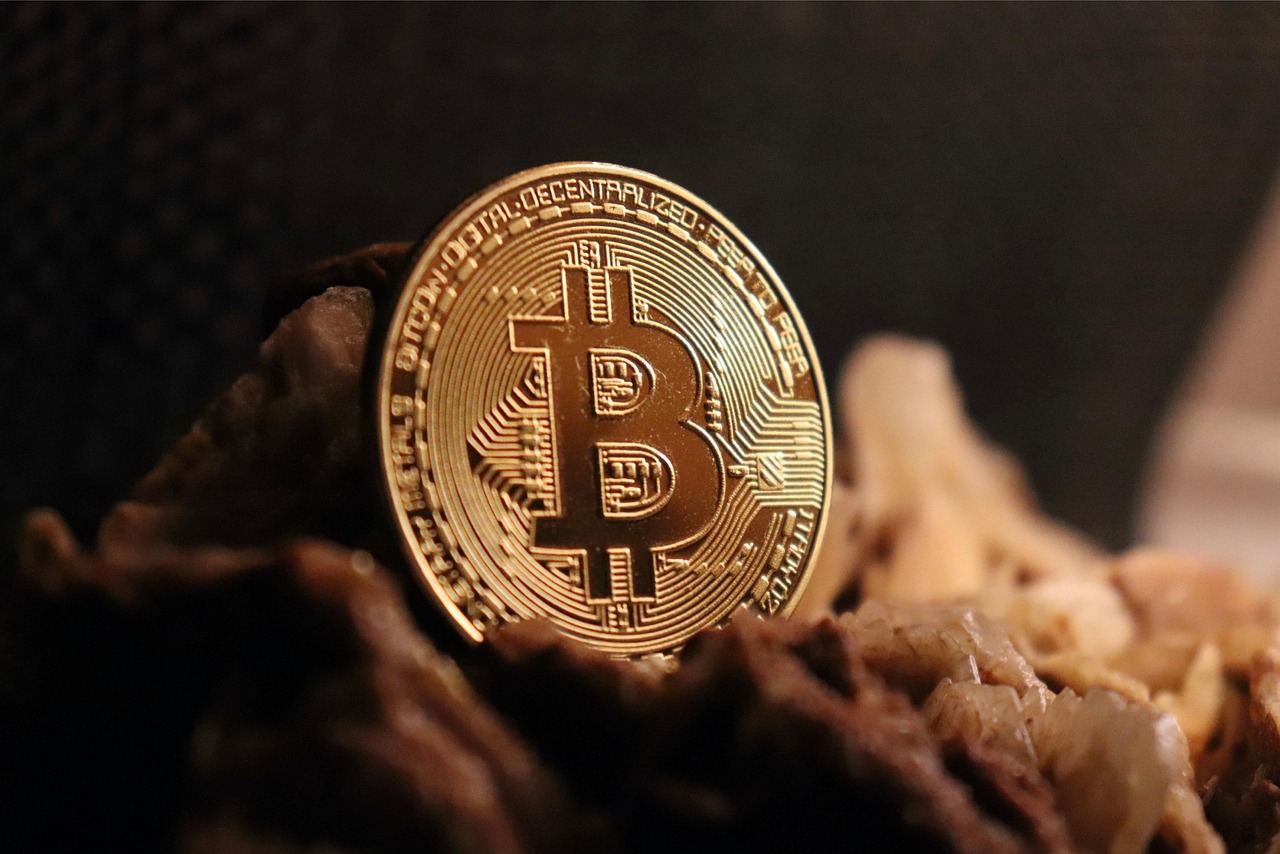
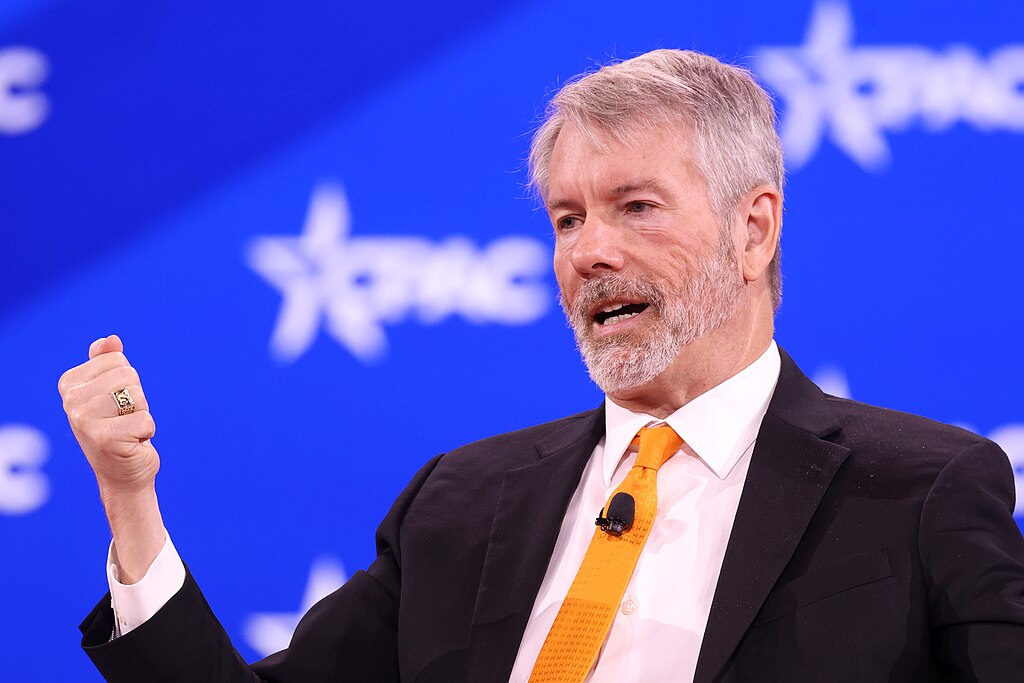
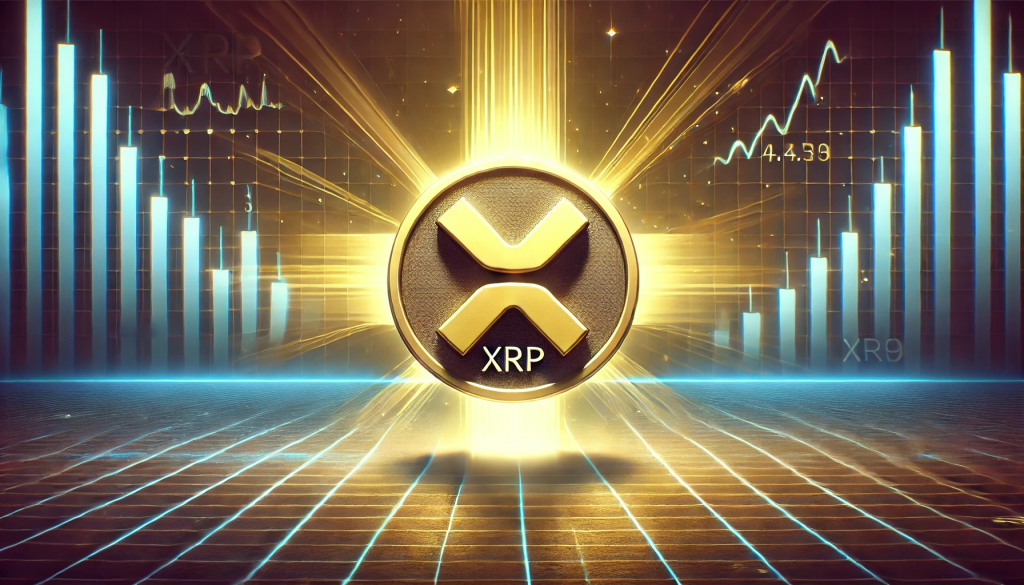
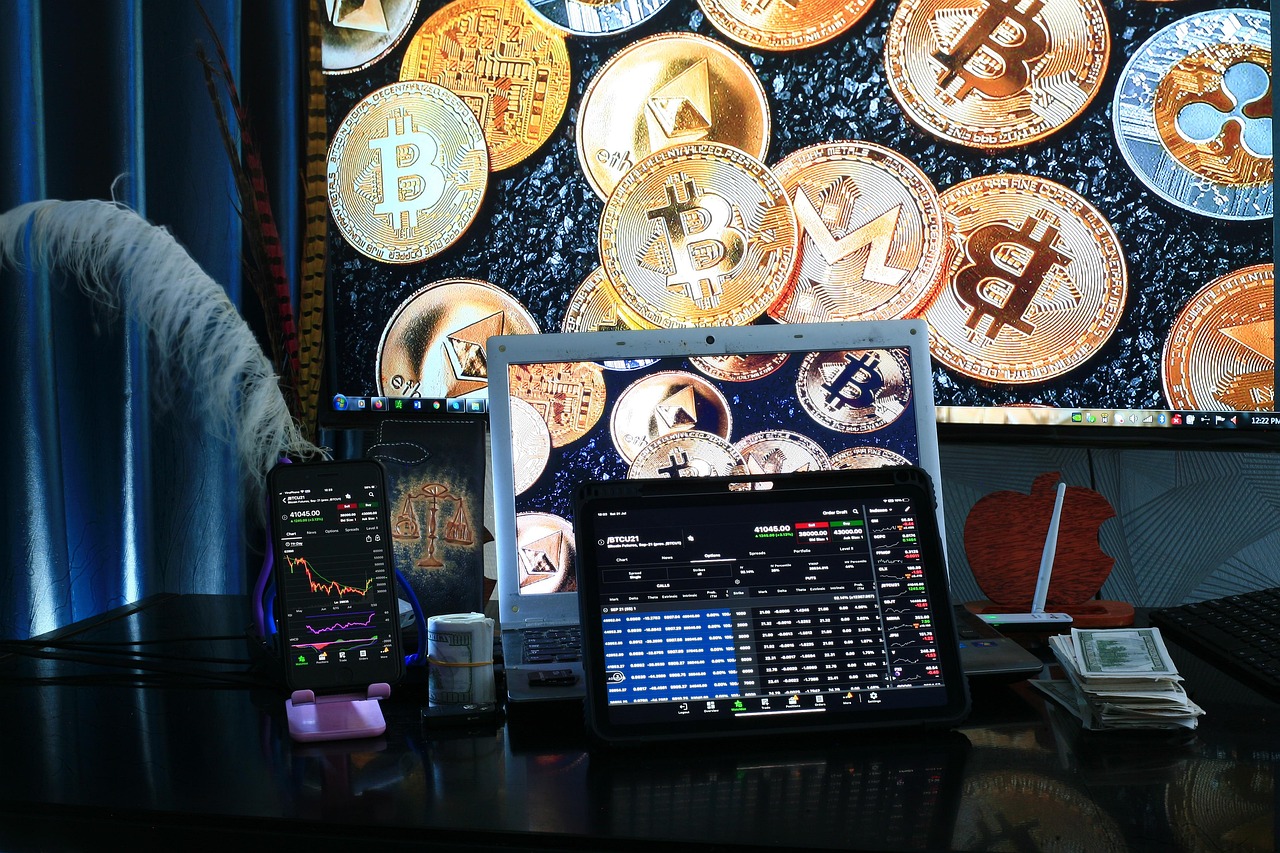


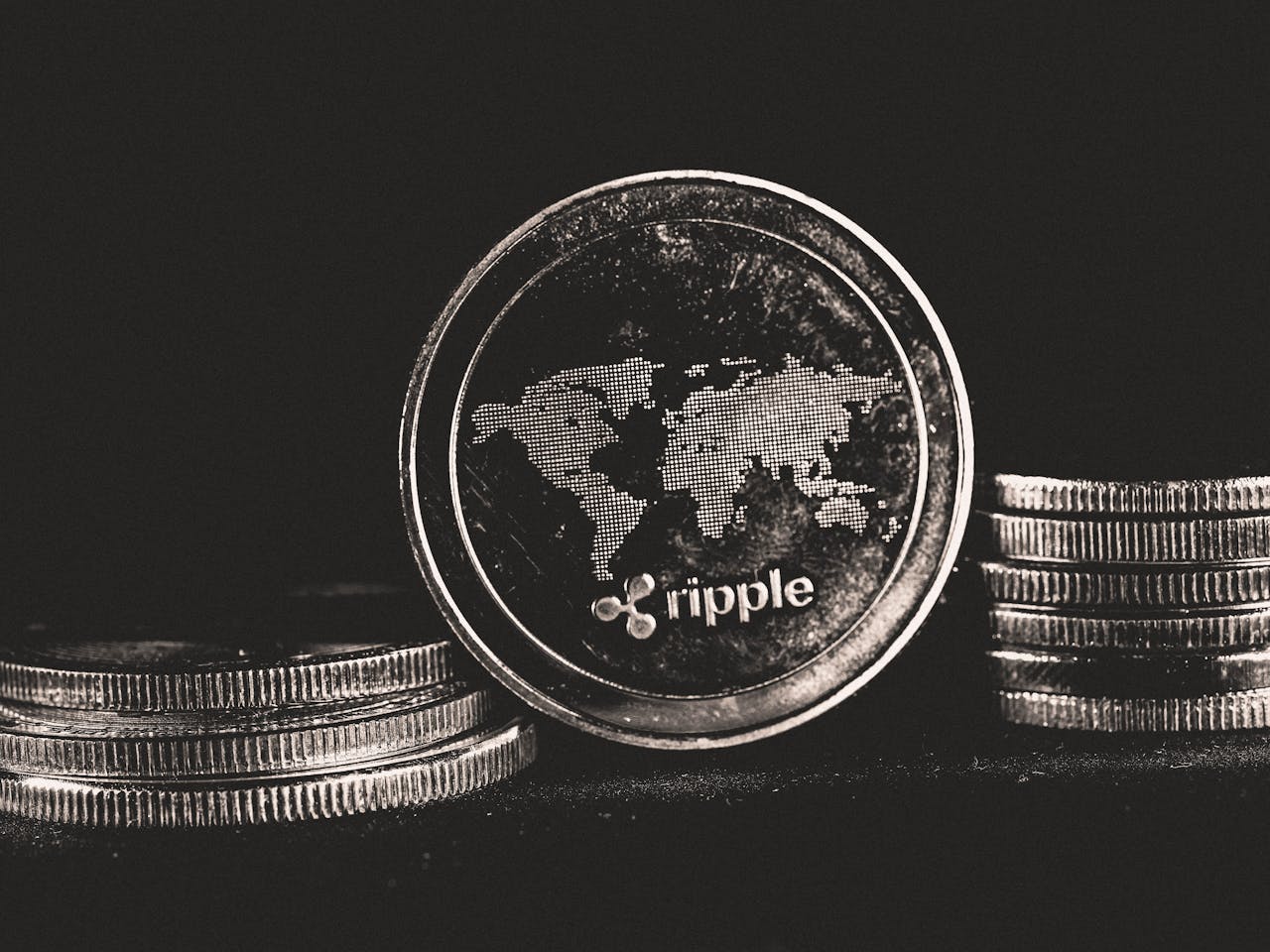
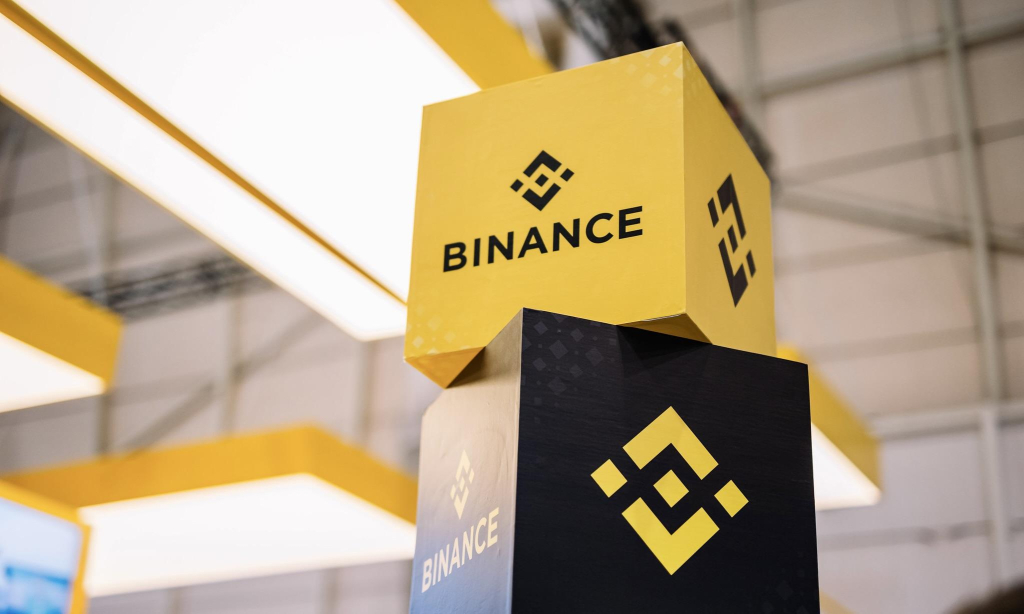
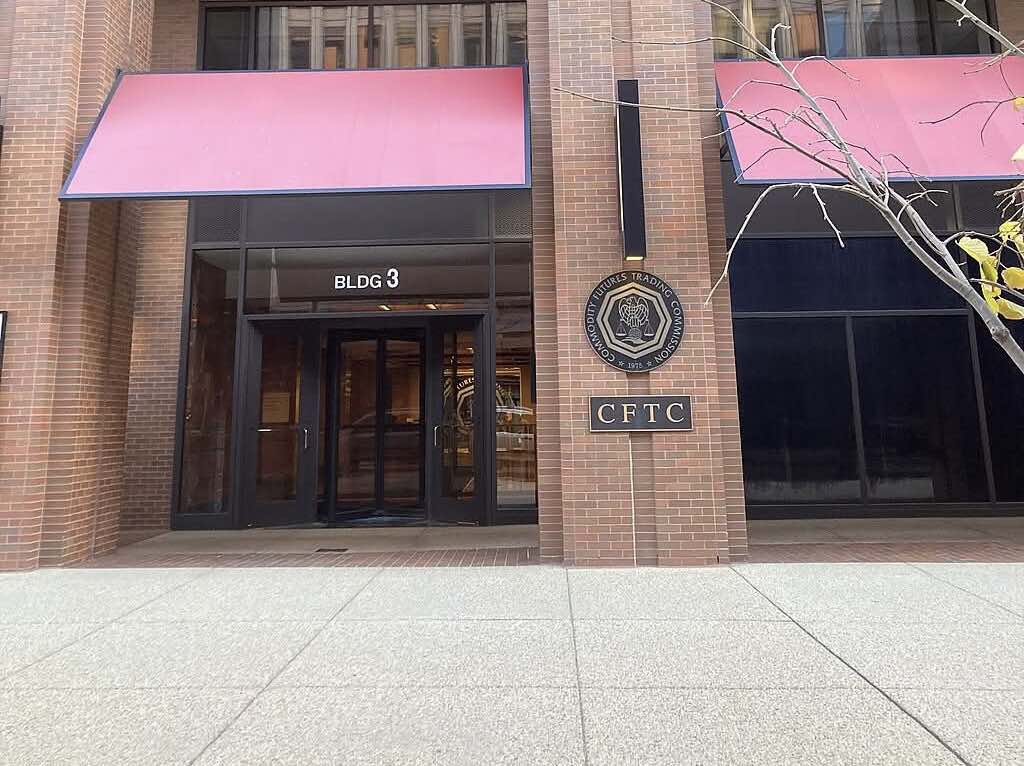



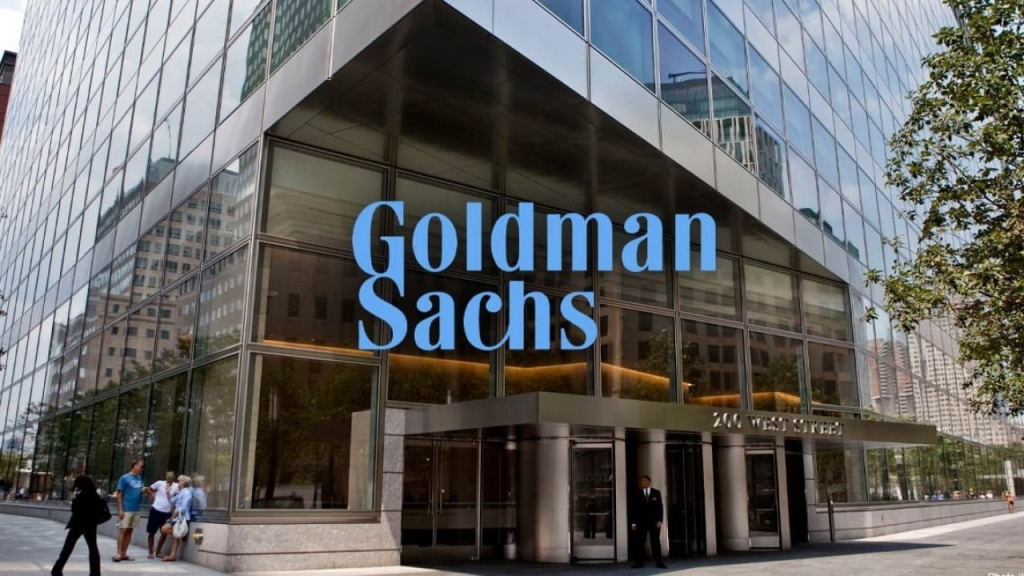
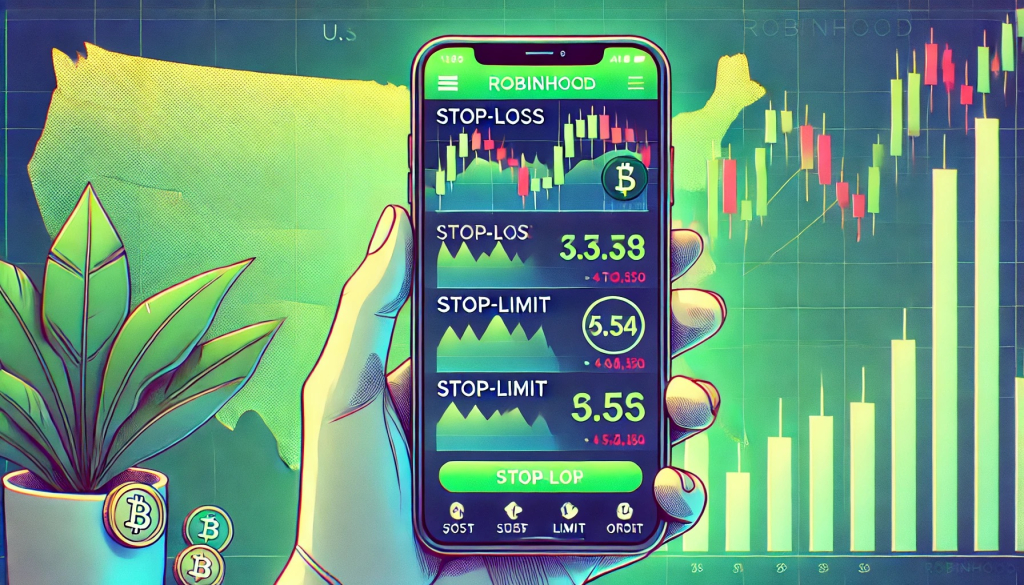

Comment 0